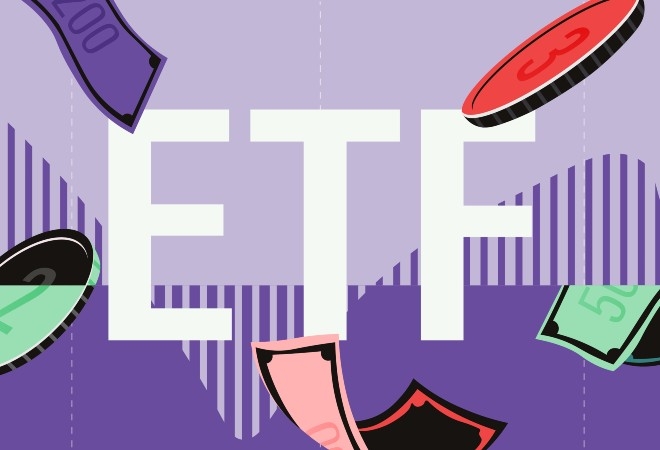
Many value stocks are “cheap for a reason” and those anticipating a recovery are in for a shock, according to Neil Robson at Columbia Threadneedle.
In the past few months, we have seen a rolling over of the traditional growth names. The likes of the FAANG tech stocks have led US markets upwards in recent years; but in the quarter to date, they have been the ones leading global indices down.
In the year to 30 September 2018, the NYSE FANG+ Index – a basket of stocks that also includes the FANGs and other US-listed disruptors – had returned 35%, compared to the broader S&P 500’s 18%. However, in the quarter to 28 November, the NYSE FANG+ had lost 11% to the S&P 500’s loss of 5.5%.
After 10 years of extreme underperformance, with MSCI World Growth returning twice that of MSCI World Value, the latter are finally having their moment in the sun. In the six months to 28 November, MSCI Value has lost 2.6% versus MSCI Growth’s loss of 4.7%. Now, many are bullish on value’s prospects once more.
But Robson, head of global equities, suspects this is a temporary phenomenon and that the structural challenges facing some of these industries are here to stay.
True, some of the macro factors – like easing monetary policy, rising interest rates and potentially slowing economic growth – that have driven growth’s outperformance may be turning.
That said, these developments are not set in stone. In fact, Gene Tannuzzo, deputy global head of fixed income, thinks modest GDP growth should persist and we may see peak interest rates in the next six months or so.
But, looking at the micro environment, Robson believes things are likely to continue to remain challenging for value stocks.
Why Certain Stocks are Depressed
The obvious example of this trend is retail. Now, just over 1.5% of global GDP passes through the ecosystems of Amazon (AMZN) and Alibaba (BABA). That’s provided an immense headwind for bricks and mortar retailers, who have the added headwind of fixed costs for their store estates, which are in decline sales-wise.
“These guys take 5% market share away from you and lower prices on you and all of a sudden you’ve got lower cost margins combined with fixed costs. It’s disastrous,” says Robson.
Media is another key sector that has seen the traditional supply chains disrupted. Now, the dominant channels for brands advertising are social media sites like Facebook and other online portals like Google and not national TV stations.
That’s making it tough for the likes of media and advertising giants WPP (WPP), as well as TV stations like ITV (ITV).
This cheaper advertising spend is also making it easier for smaller businesses to market their brands to the public. As a result, “we’re seeing a massive fragmentation of brands”.
“I’d love to say there’s some cheap branded companies out there, but I don’t think there is,” Robson adds. Trading on almost 20 times earnings for very little revenue growth, the likes of Procter & Gamble (PG) and Kimberly-Clark (KMB) are, actually, looking fairly expensive.
Away from listed market examples, two more once traditional industries strike Robson as being structurally challenged with no way back. One is the New York taxi sector.
Just five years ago a medallion license for a New York taxi would have cost you $1.3 million. Robson notes that over the prior three decades, it had been a better investment than the S&P 500, “because you were attaching yourself to the income stream of one of the single most successful cities in the world”.
Now, you can snap up a medallion for just $160,000. And it’s no wonder, with Uber aggressively taking market share and lowering prices.
“If you’re a traditional taxi guy, what you’re left with is a market that isn’t growing with lower margins because prices have gone down. That £160,000 might be a disastrous investment. This is cheap for a reason.”
The rise of eSports is the latest area set to take off – could that mean peak Premier League, NFL and NBA? eSports participation and spectatorship is likely to explode over the next three to five years, with the top gamers already earning annual salaries of over $1 million.
Opportunities for Growth
Robson looks for companies that have unfair competitive advantages that are sustainable over time. He also likes high return, capital light businesses.
Technology has been a key component of this, with clear examples of those competitive advantages shown by many firms in the sector. As a result, while earnings for the broad MSCI ACWI Index have pretty much doubled since 1995, earnings for the MSCI ACWI Technology Index have grown almost fourfold.
Two companies he likes in the tech space are Google (GOOGL) and Mastercard (MA). The former trades on the same earnings multiple – 19 times – and free cash flow yield – 4.5% - as Pepsico. The differentiation between the two comes in revenue and profit growth, with Google growing both around 18% compared to Pepsico’s 5%.
Mastercard, meanwhile, is a primary beneficiary of a secular shift away from cash and into card-based and electronic payments. “The company’s strong brand, high incremental margins and recurring revenues ensures that its business is highly defensible, and that it maintains the longstanding trust of a vast client base,” Robson tells Morningstar.co.uk.
Alongside Visa (V), it has become the beneficiary, too, of a network effect, as a virtuous circle of ‘more cards, more merchants’ builds itself out. “Continued momentum in e-commerce also bodes well for returns. We remain positive on the scope for further organic growth and margin expansion.”
Relx (REL), formerly known as Reed Elsevier, in the industrials space looks undervalued, given it is trading at a discount to peers despite offering similar rates of high-quality, compounding growth.
“The demand for increasingly sophisticated analytics and decision-make tools should support RELX’s organic revenue,” Robson explains. Meanwhile, its scientific, technical and medical segment offers strong cash generation with high earnings visibility.






























